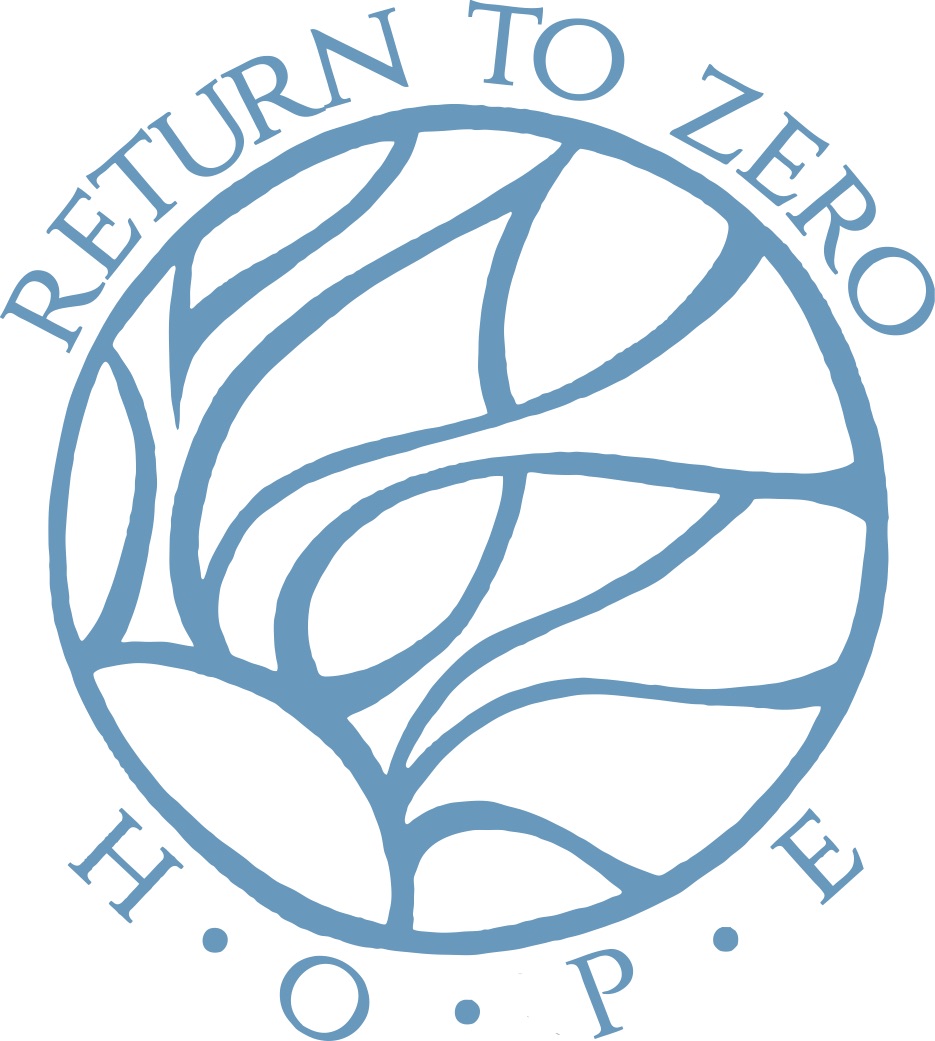Finding Healing and Improving Mental Wellbeing
Following miscarriage, pregnancy loss, termination, stillbirth, and infant death,
we yearn to know that we are not alone and that we will find joy again.
Below are suggestions that have been helpful to other parents.
*We note that this page uses the words “woman,” “women,” or “mother.” This is not intended to be exclusionary. Rather, we the use of “woman” or “women” to cite research and data.
FINDING MEANING AND CONNECTION WITH YOUR BABY
Women who find meaning in their loss report decreased mental distress, increased marital satisfaction, ongoing bonds with their deceased child, and better physical health (8, 20).
It is not uncommon for mothers to remain connected to their baby and continue the relationship through ritual for many years after the death of their baby (8, 12, 20, 24).
Parents feel empowered when they create their own rituals to maintain this connection (4).
It may take many years to come to a sense of meaning and experience healing (9).
SOCIAL SUPPORT
Social support plays a role in buffering the effects of trauma and in mediating stress after bereavement (8, 11, 22).
Women are searching for an environment where they have permission to talk about their child’s death and meet other mothers in a similar situation (11, 20).
An intervention that allows mothers to express their emotions and retell their stories helps to decrease depression, self-blame, and trauma (8).
Women find bereavement support groups and talking with other parents helpful because they validate their experience, provide comfort and connection, and reverse isolation (9).
Resilience is a character trait that has been observed to be a counterweight to mitigate mental distress. Support networks are a major ingredient of resilience and are significantly associated with decreases in both depression and PTSD (11, 15), as well as with improvements in health outcomes and prevention of disease (19).
REFERENCES
1 Altounji, D., Morgan, H., Grover, M., Daldumyan, S., & Secola, R. (2012). A self-care retreat for pediatric hematology oncology nurses. Journal of Pediatric Oncology Nursing, 30(1), 18-23.
2 Azri, S. & Ilse, S. (2015). The Prenatal Bombshell. Lanham, Maryland: The Rowman & Littlefield Publishing Group.
3 Boyle, F. M., Vance, J. C., Najman, J. M., & Thearle, M. J. (1996). The mental health impact of stillbirth, neonatal death or SIDS: Prevalence and patterns of distress among mothers. Social Science and Medicine, 43(8), 1273-1282.
4 Brin, D. J. (2004). The use of rituals in grieving for a miscarriage or stillbirth. Women & Therapy, 27(3/4), 123-132.
5 Centers for Disease Control and Prevention (2016). Infant Mortality. Retrieved from http://www.cdc.gov/reproductivehealth/maternalinfanthealth/infantmortality.htm
6 Centers for Disease Control and Prevention (2017). Facts about Stillbirth. Retrieved from https://www.cdc.gov/ncbddd/stillbirth/facts.html.
7 Cacciatore, J. (2007). Effects of support groups on post traumatic stress responses in women experiencing stillbirth. Omega, 55(1), 71-90.
8 Caccitore, J. (2013). Psychological effects of stillbirth. Seminars in Fetal & Neonatal Medicine, 18(2), 76-82. doi: 10.1016/j.siny.2012.09.001
9 Caccitore, J. & Bushfield, S. (2007). Stillbirth: The mother’s experience and implications for improving care. Journal of Social Work in End-of-Life & Palliative Care, 3(3), 59-79.
10 Caccitore, J., Froen, J. F., & Killian, M. (2013). Condemning self, condemning other: Blame and mental health in women suffering stillbirth. Journal of Mental Health Counseling, 35(4), 342-359.
11 Caccitore, J., Schnebly, S., & Froen, J. F. (2008). The effects of social support on maternal anxiety and depression after stillbirth. Health and Social Care in the Community. doi : 10.1111/j.1365-2524.2008.00814.x
12 Cote-Arsenault, D. & Mahlangu, N. (1999). Impact of perinatal loss on the subsequent pregnancy self: Women’s experiences. Journal of Obstetric, Gynecologic & Neonatal Nursing, 28(3), 274-282.
13 Eunice Kennedy Shriver National Institute of Child Health and Human Development, National Institutes of Health. (2015). Stillbirth Collaborative Research Network. Retrieved from https://www.nichd.nih.gov/research/supported/Pages/scrn.aspx
14 Gaudet, C., Sejourne, N., Camborieux, L., Rogers, R., & Chabrol, H. (2010). Pregnancy after perinatal loss: association of grief, anxiety and attachment. Journal of Reproductive and Infant Psychology, 28(3), 240-251.
15 Gold, K. J., Leon, I., Boggs, M. E., & Sen. A. (2016). Depression and posttraumatic stress symptoms after perinatal loss in a population-based sample. Journal of Women’s Health, 25(3), 263-269.
16 Gold, K. J., Boggs, M. E., Muzik M. & Sen, A. (2014). Anxiety disorders and obsessive compulsive disorder 9 months after perinatal loss. General Hospital Psychiatry, 36, 650-654.
17 Gold, K. J. & Johnson, T. R. B. (2014). Maternal mental health outcomes after perinatal death. Obstetrics & Gynecology (abstract).
18 Gravensteen IK, Jacobsen EM, Sandset PM, Helgadottir LB, Rådestad I, Sandvik L, Ekeberg Ø (2018). Anxiety, depression and relationship satisfaction in the pregnancy following stillbirth and after the birth of a live-born baby: A prospective study. BMC Pregnancy Childbirth, 18(1): 41. doi: 10.1186/s12884-018-1666-8.
19 Hutti, M.H. (2005). Social and professional support needs of families after perinatal loss. Journal of Obstetric Gynecologic, and Neonatal Nursing, 34(5), 630-638.
20 Jaffe, J. (2014). The reproductive story: Dealing with miscarriage, stillbirth, or other perinatal demise. In D.L. Barnes (ed.), Women’s reproductive mental health across the lifespan (pp. 159-176). New York: Springer.
21 Jaffe, J. & Diamond, M.O. (2011). Reproductive trauma: Psychotherapy with infertility and pregnancy loss clients. Washington, D.C.: American Psychological Association.
22 Kersting, A. & Wagner. B. (2012). Complicated grief after perinatal loss. Dialogues in Clinical Neuroscience, 14(2), 197-194.
23 MacDorman, M. F. & Gregory, E. C. W. (2015). Fetal and perinatal mortality: United States, 2013. National Vital Statistics Report, 64(8).
24 Uren, T. H. & Wastell, C. A. (2002). Attachment and meaning-making in perinatal bereavement. Death Studies, 26(4), 279-308.

